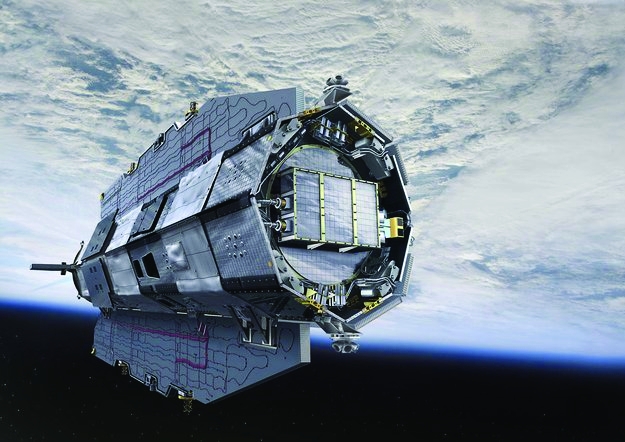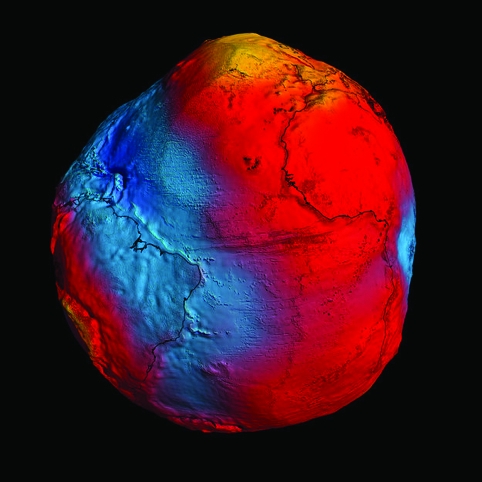
The full name of the European Space Agency’s (ESA) GOCE was Gravity Field and Steady-State Ocean Circulation Explorer satellite, but it became better known as the ‘Ferrari of space’ for the duration of its four and a half year mission due to its sleek design.
Launched in March 2009 to map variations in the Earth’s gravitational field, GOCE has captured the most detailed image of the “Geoid” - a hypothetical global ocean at rest - ever produced. The map is being used by scientists to help understand ocean circulation, sea level, ice dynamics and the Earth’s interior.

The mission reached a natural end on 21 October 2013 when it ran out of fuel. Over the past three weeks the satellite gradually descended.
Throughout its mission, the satellite’s innovative ion engine enabled it to skim the edge of the Earth’s atmosphere at an orbit of just under 260km where it could detect the strongest possible gravity field signal. The measurements taken by the satellite have also provided new insight into air density and wind speeds in the upper atmosphere.




Glasgow trial explores AR cues for autonomous road safety
They've ploughed into a few vulnerable road users in the past. Making that less likely will make it spectacularly easy to stop the traffic for...